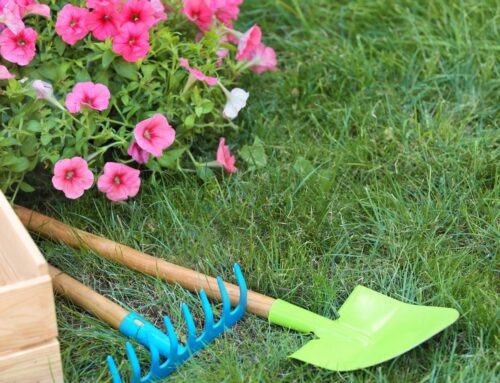
How to sharpen your hedge trimmer blades
How to Sharpen Your Hedge Trimmer Blades
Maintaining your hedge trimmer blades in sharp condition is essential for efficient, safe, and effective trimming. Whether you’re sprucing up hedges, shaping bushes, or cutting back perennials, a well-maintained blade ensures clean cuts and healthy plants. In this guide, we’ll walk you through how to sharpen hedge trimmer blades, focusing on both electric hedge trimmers and popular models like the Stihl hedge trimmer.
Understanding the Need for Sharp Blades
Before diving into the sharpening process, it’s crucial to understand why keeping your hedge trimmer blades sharp is important. Dull blades can lead to jagged cuts, which may harm your plants and leave them vulnerable to diseases. Moreover, using a dull blade requires more force, making the trimmer harder to handle and increasing the risk of accidents.
Tools You Will Need
To sharpen your hedge trimmer effectively, you will need a few key tools:
– A hedge trimmer blade sharpening tool such as a flat file or a power grinder.
– Safety gloves and goggles to protect your hands and eyes.
– A cleaning solution and a brush to clean the blades before sharpening.
Steps to Sharpen Hedge Trimmer Blades
1. Safety First: Before starting, make sure your hedge trimmer is unplugged and the battery is removed if it is an electric hedge trimmer. For petrol models like a Stihl hedge trimmer, ensure the engine is off and the trimmer is cool.
2. Clean the Blades: Use a brush and a cleaning solution to remove any sap, dirt, or debris from the blades. This step ensures that you have a clean surface for sharpening.
3. Inspect the Blades: Look for any nicks or damaged teeth. If the damage is severe, consider replacing the blades instead of sharpening them.
4. Secure the Trimmer: Clamp the hedge trimmer in a vise with the blades facing upward, making it easier and safer to sharpen.
5. Sharpening the Blades: Using a flat file or a power grinder, follow the original angle of the cutting edge to file down each tooth. Be consistent with the number of strokes or time spent grinding each tooth to ensure an even sharpness across all blades.
– For Manual Sharpening: Hold the file against the cutting edge and push it along the blade in one direction. Repeat this process a few times for each tooth.
– For Power Sharpening: Carefully use a power grinder, ensuring that you maintain the blade’s angle and do not overheat the metal, which can weaken the blades.
6. Check Your Work: After sharpening, inspect the blades to ensure they are evenly sharp. A well-sharpened blade should have a smooth, clean edge without any burrs or roughness.
7. Lubricate the Blades: Apply a light layer of machine oil to the blades to prevent rust and ensure smooth operation.
Testing and Maintenance
After sharpening, it’s a good idea to test your hedge trimmer on a few branches to make sure the blades are effectively cutting. Regular maintenance, including sharpening and cleaning after each use, will extend the life of your hedge trimmer and keep it running efficiently.
Conclusion
Sharpening your hedge trimmer blades is a straightforward task that can significantly impact the performance of your gardening tools. Whether you use a Stihl hedge trimmer, an electric hedge trimmer, or any other model, regular blade care will ensure that your hedging tasks are completed efficiently and safely.
By following these steps, you can maintain the cutting performance of your hedge trimmer and ensure it remains a valuable tool in your gardening arsenal.




